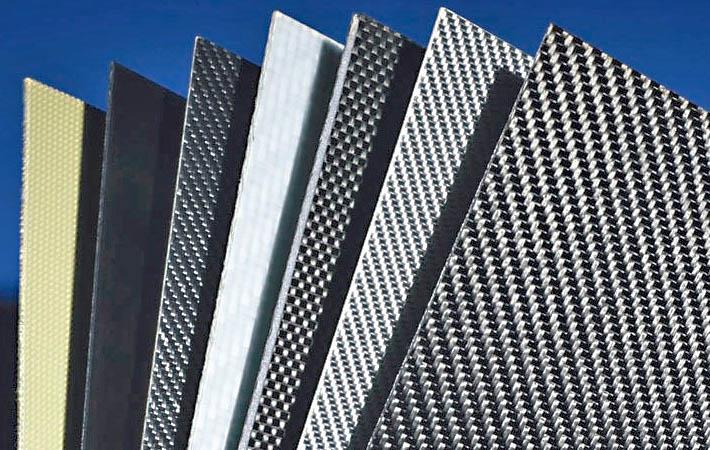
Bonefeld said, “Both of these developments involving recycled materials exhibit outstanding mechanical properties. At 530 megapascals and 45 gigapascals, for example, the flexural strength and stiffness are at least as good as any new product already on the market. The processing characteristics are also identical.” Both products also exhibit high flame resistance and have passed the UL 94 flame-retardant test from US testing institute Underwriters Laboratories.
Large, reusable water bottles are manufactured using high-purity and high-transparency polycarbonate that is approved for use in products that come into contact with food. “Our recycled materials also benefit from this outstanding characteristics profile. The high degree of transparency is perfect for producing visible components, for example, with the highly regular arrangement of the continuous fibres making for a highly aesthetic decorative element,” said Bonefeld. “This is why we can easily imagine these new product types being used for decorative structural components in sporting goods or automotive components. In fact, we have received more and more inquiries from the sporting goods industry about recycled materials.”
Bond-Laminates is working to add additional sustainable fibre-reinforced composites to its material portfolio. Focus is on the use of recycled material from other post-industrial or post-consumer waste to manufacture the Tepex thermoplastic matrix. “We are also continuing to develop bio-based fibre and matrix systems and fully recycled carbon fibres.”
ALCHEMPro News Desk (SV)
Receive daily prices and market insights straight to your inbox. Subscribe to AlchemPro Weekly!